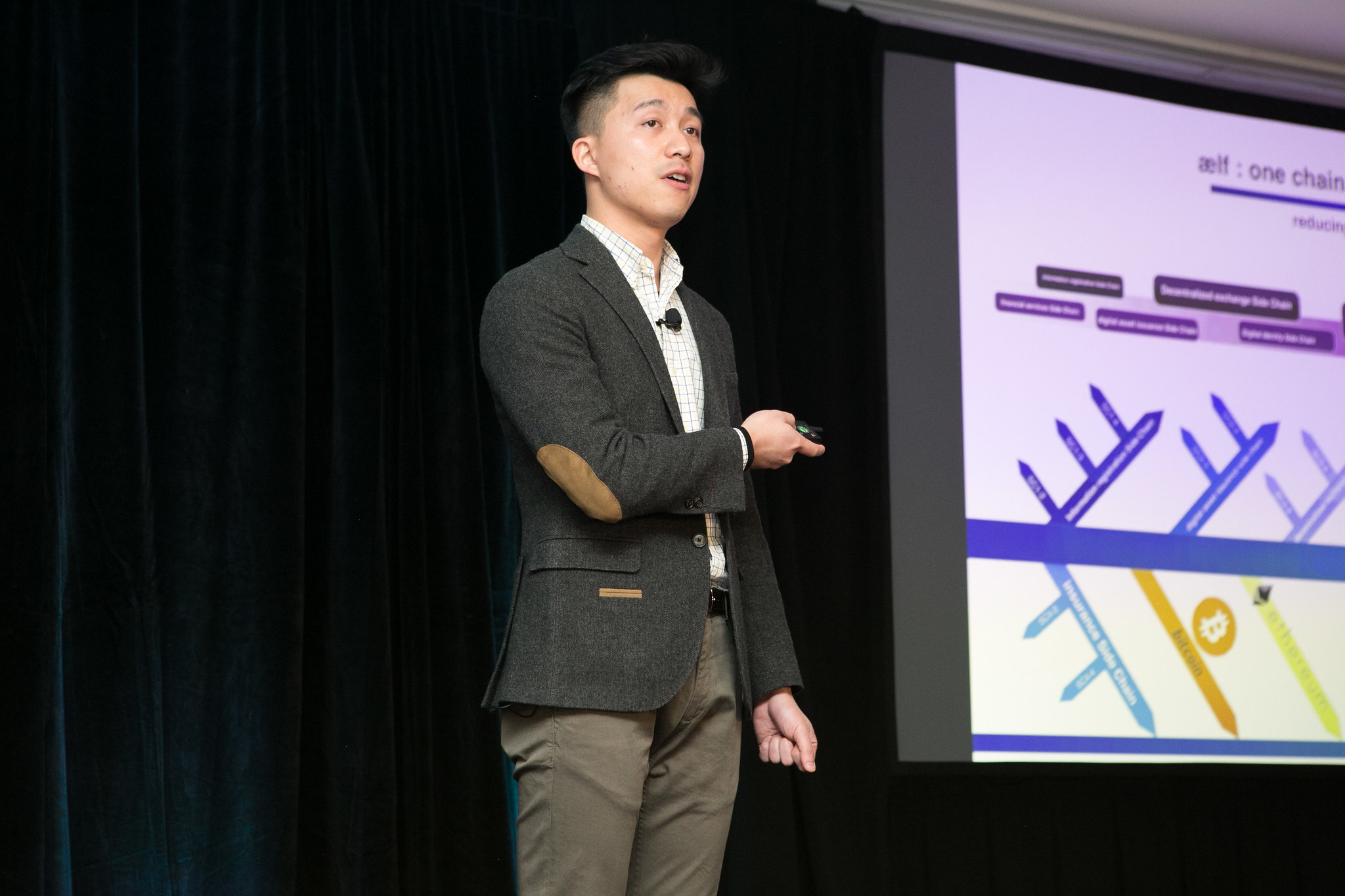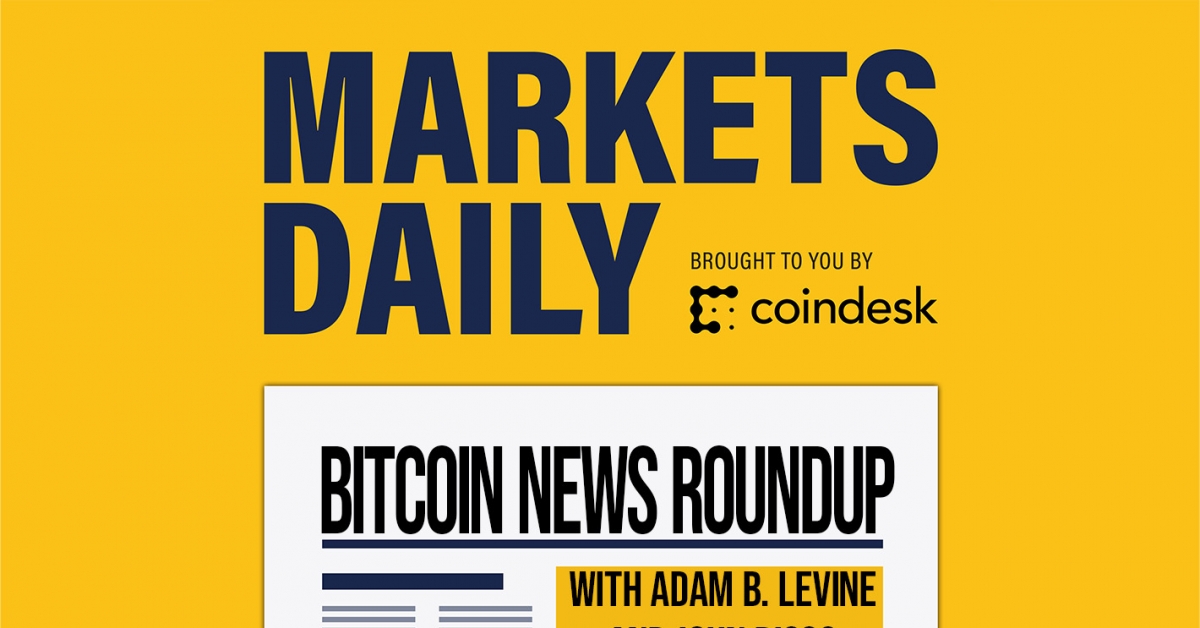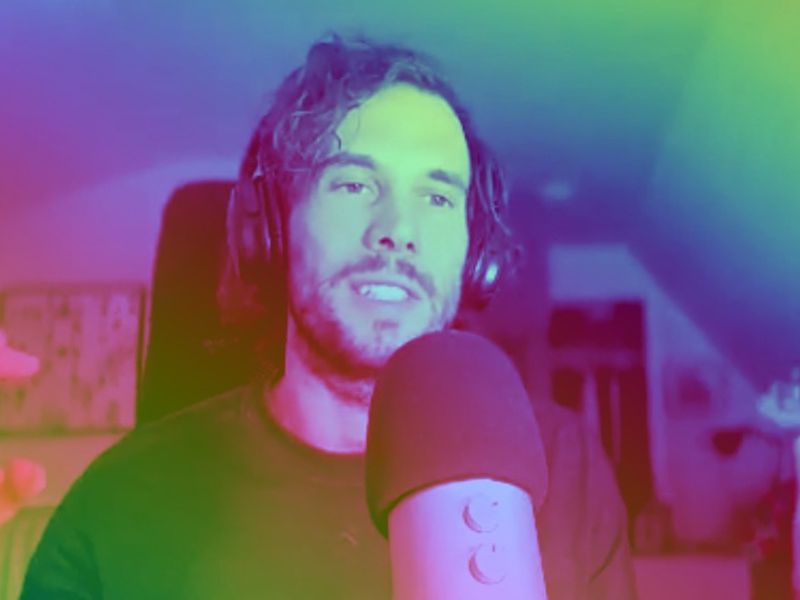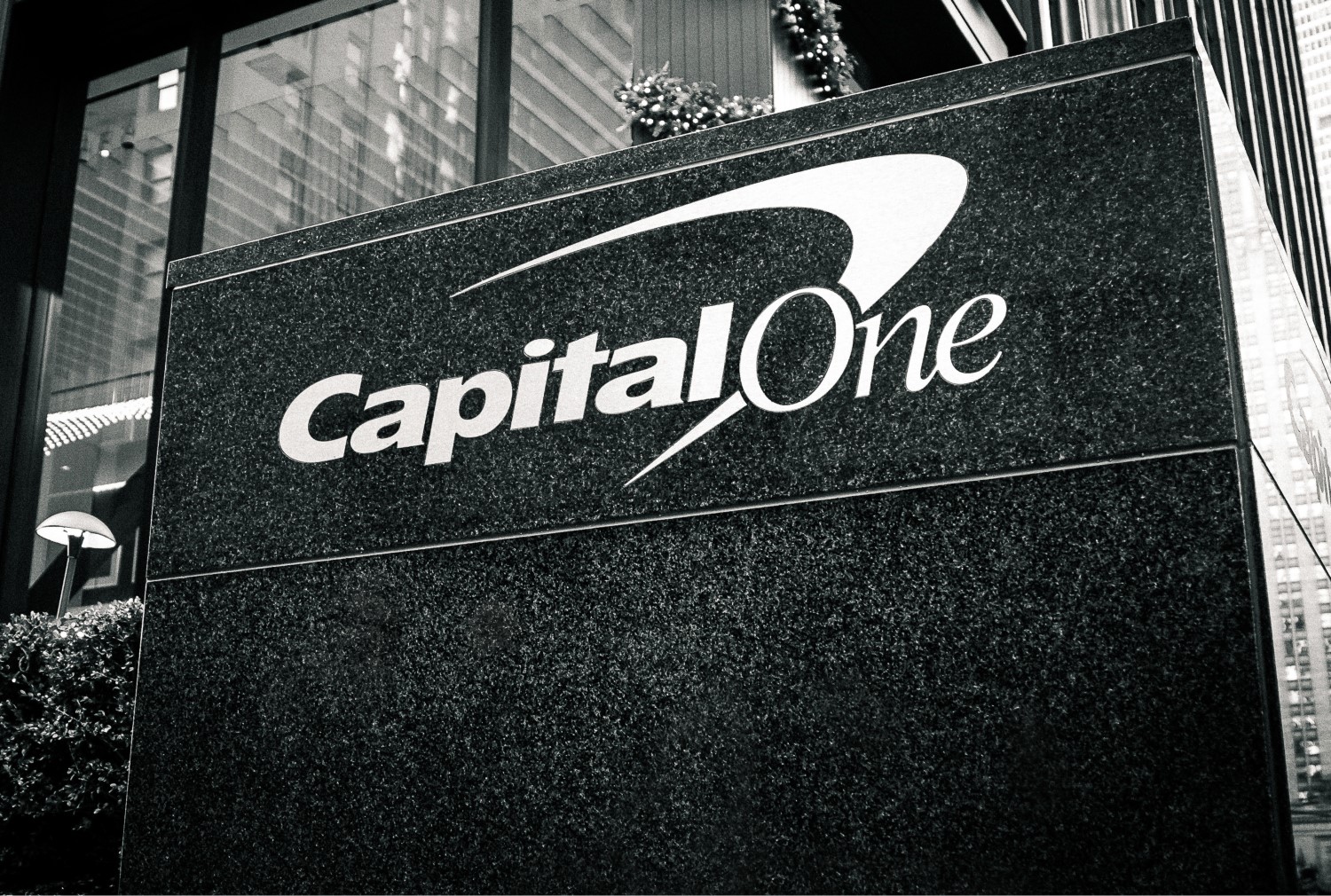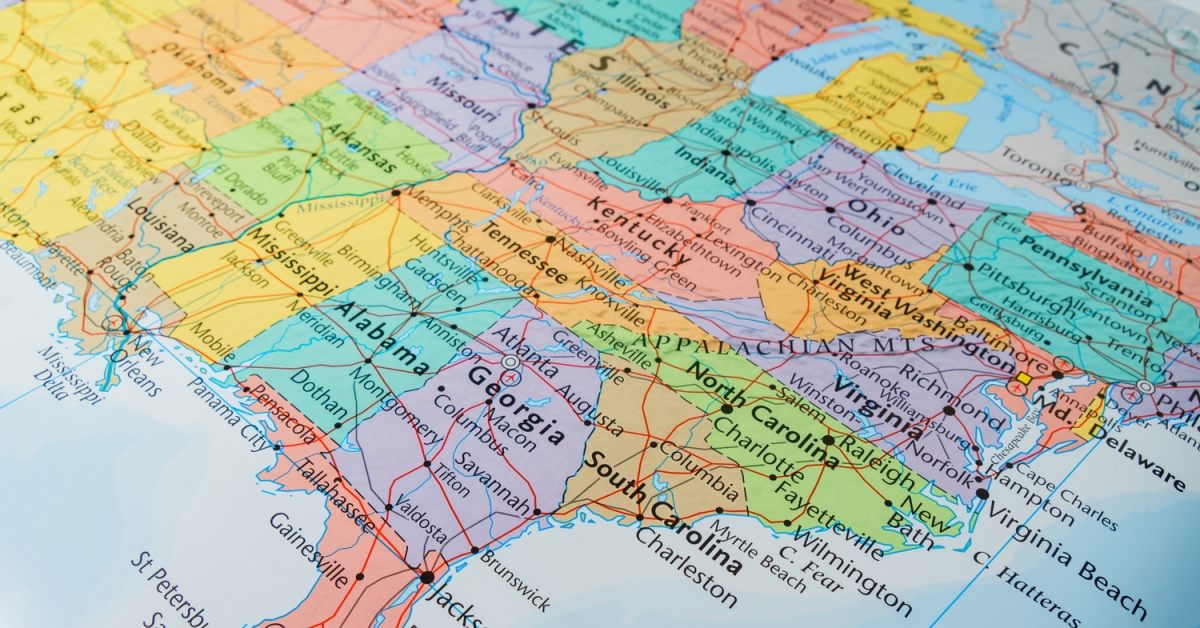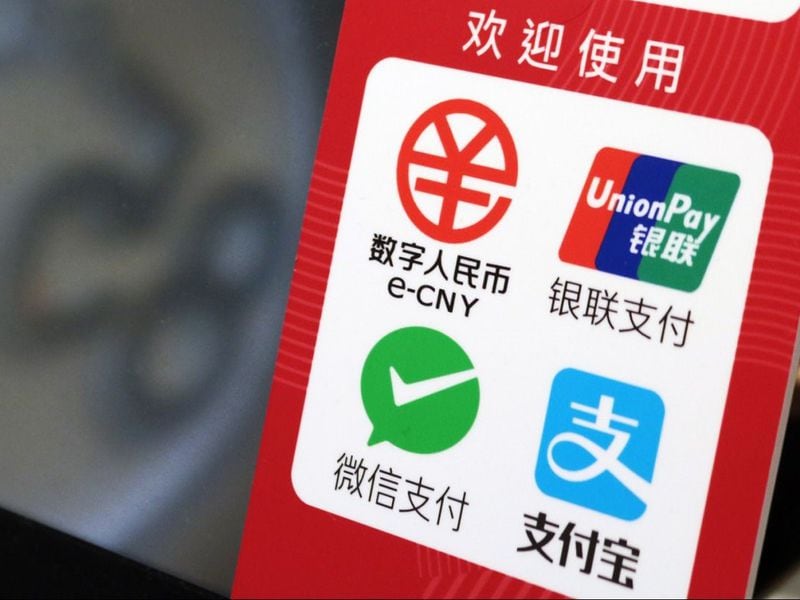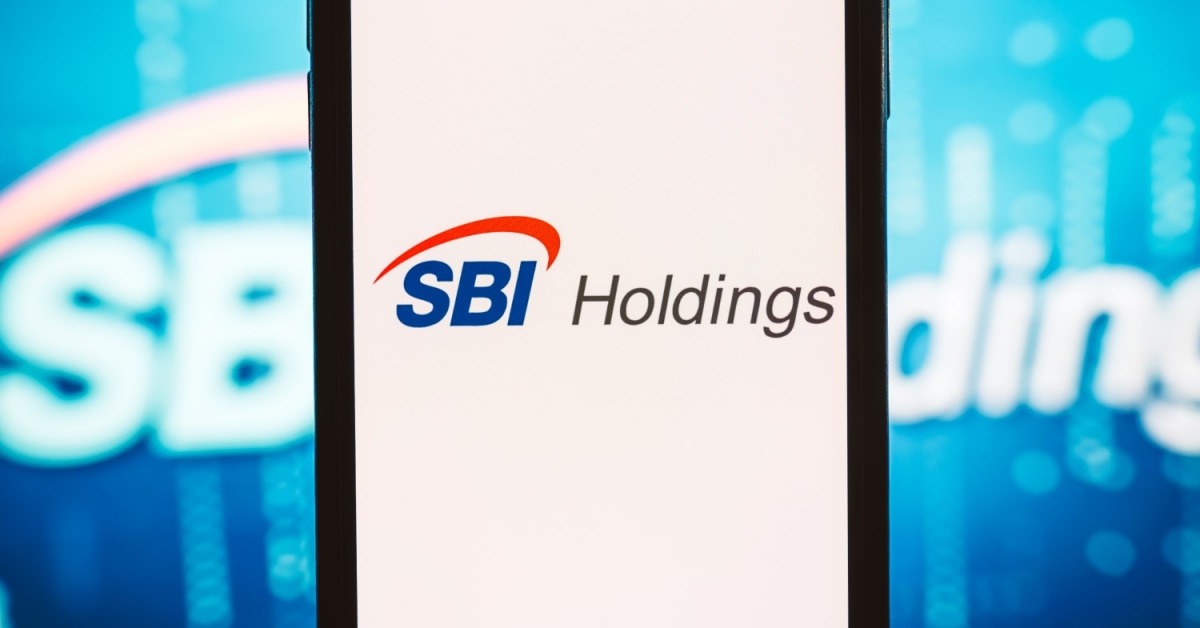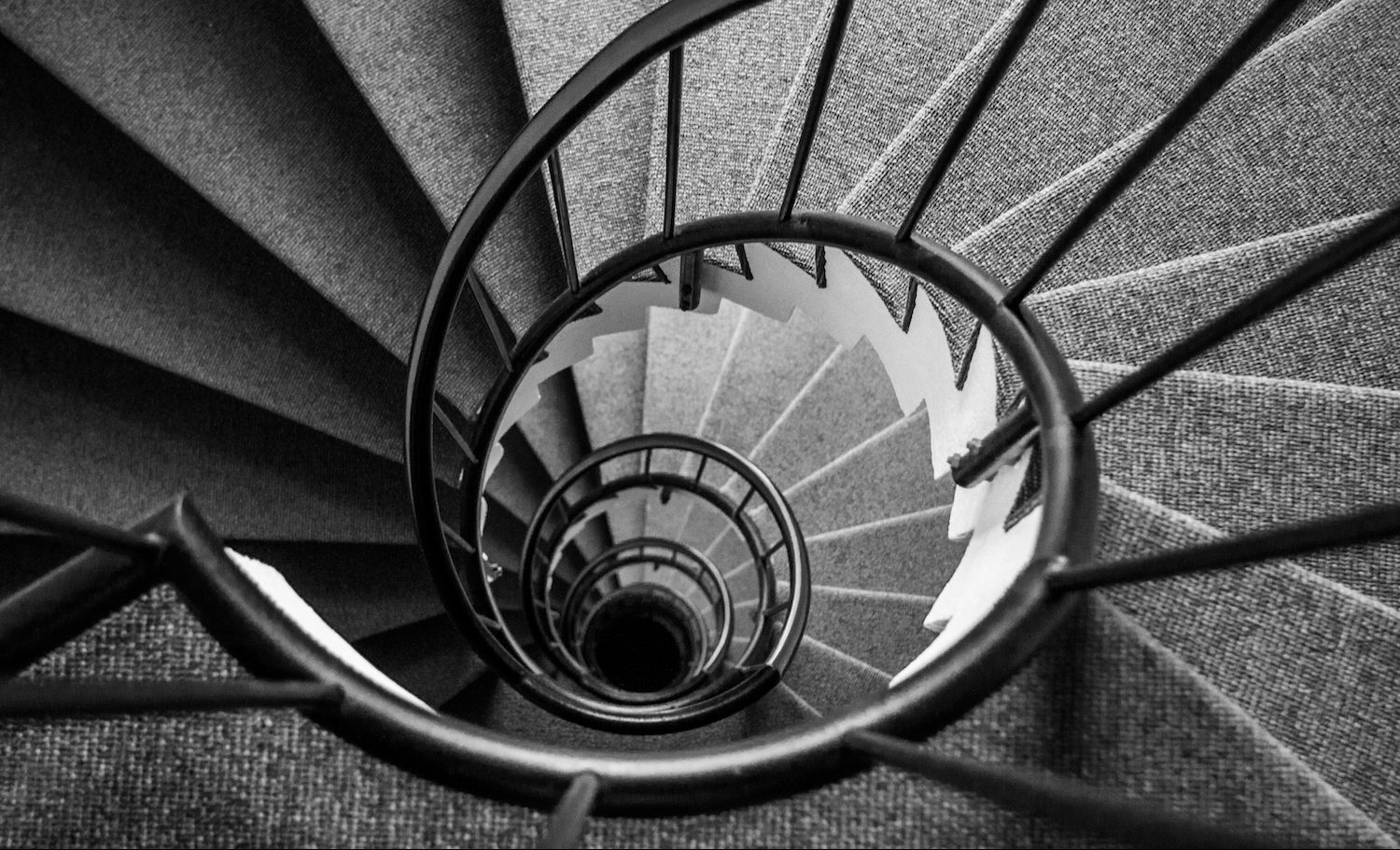How Bitcoiners Should Watch the US Federal Reserve Meeting on Wednesday
Comments from Fed chair Jerome Powell could tell bitcoiners how committed the central bank is to staying the course on low interest rates through the rest of the year.

How Bitcoiners Should Watch the US Federal Reserve Meeting on Wednesday
It’s the debate the Federal Reserve isn’t ready to have yet: How to keep inflation from spiraling out of control once the economy opens back up.
Considering the devastating toll from the coronavirus and the trillions of dollars of stimulus pumped into the financial system over the past year, top economists say the looming transition could present one of the more challenging episodes in the U.S. central bank’s 108-year history – while providing a crucial test of bitcoin’s use as a possible inflation hedge.
Economists are watching Fed Chair Jerome Powell’s remarks on Wednesday when he’ll sum up the January meeting of the Federal Open Market Committee (FOMC). Powell’s comments will primarily address the short-term economic outlook but may contain hints for how the central bank plans to approach the medium to long term.
The short term
In recent weeks regional Fed presidents have raised the question on whether the Fed will dial back or continue with a quantitative easing program of purchasing $80 billion per month of Treasurys and $40 billion per month of mortgage-backed securities. This program will likely remain unchanged until consumers start spending again in a COVID-free world, economists say.
“If you look at breakevens or any kind of market indicator or even consensus forecasts from economists, none of them show above 2% inflation during the next five years,” said David Beckworth, a former international economist at the U.S. Department of the Treasury. “As the vaccine rolls out, all of this pent-up money savings is going to be spent. It’s going to be a roaring hot economy. Will the Fed nip it in the bud?”
No one expects the Federal Reserve to act in terms of rates or asset purchases this week, said former Federal Reserve economist Claudia Sahm, but investors will be looking for an updated message from Powell.
Sahm expects Powell to reiterate what Vice Chair Richard Clarida said earlier in January about the Fed likely not raising rates until it sees 2% inflation for a year.
“The Fed has never held back on interest rates with inflation running at 2% for a year,” Sahm said. “We haven’t seen 2% inflation on any kind of a sustained basis since before 2008, but it’s important for them to say this because we’re going to see inflation that is higher than it is right now.”
Beckworth said he is hoping to see similar guidance around asset purchases.
Powell will likely offer a “steady as she goes” view of the Fed’s operations, said Harvard economist Ken Rogoff. He wants to not “draw attention” to the Fed, Rogoff added.
More tempered inflation estimates are likely to deflate enthusiasm among bitcoin backers, but crypto investors may see the Fed change its mind later this year.
Maintaining course
Currently, the FOMC projects steady monetary policy; but steady expectations have changed in the past, said Lawrence White, an economics professor at George Mason University.
“People are sitting on huge piles of money relative to their income – much higher than they usually hold,” White said. “We could see something above 2% until the Fed changes monetary policy … if [Powell] begins to see signs of inflation he may feel more justified in tightening monetary policy.”
Just because inflation is low in the U.S., however, that doesn’t mean that bitcoin doesn’t have an opportunity to prove itself as a hedge against inflation, White said.
“It’s not just U.S. inflation that people move into bitcoin to avoid,” White said. “There are bullish markets for bitcoin in Venezuela and Lebanon and Argentina – places with really high inflation. … I don’t think the market for bitcoin shows any close relationship to month-to-month U.S. inflation figures. So people who are holding it as an inflation hedge are thinking longer-term than that.”
Other narratives that drive the value of bitcoin include dissidents looking for payments that are difficult to censor, White said. Most recently, bitcoin donations being given to Russian President Vladimir Putin’s main opponent, Alexey Nalvany, increased by 3.7 BTC.
“That’s helped me understand why there’s a niche demand for bitcoin as a medium of exchange,” White said. “It’s not just buying it in hopes of some bigger fool in the future buying it from me.”
Positive outlook
Barring any large contractions in the economy, the Fed has already signaled that it doesn’t plan to increase asset purchases in the future.
That’s why the FOMC will also be focused on the effectiveness of the vaccine rollout versus the spread of new COVID-19 variants, Sahm said, and watching to see that an uncontrolled outbreak doesn’t create fear in spenders. Mass layoffs and declines in spending in March 2020 occurred in places with and without strict lockdowns – largely because Americans were generally scared of going out in public, Sahm said.
“We could have a positive spiral take hold this spring and this summer but it’s not guaranteed,” Sahm said. “The expectations of people, consumers build on the small business side. Those are really important for behavior, and they’re not always driven by clear cut economic events. … There are virus fears that differ across the country and differ by political affiliation.”
The central bank will be trying to watch for when spending will come back in full force, and how quickly the economy may return to full employment.
“The Fed has been expanding the monetary base at a rapid rate for a year now,” White said. “M1 has grown 72% over the last 12 months and M2 has grown 27% and we haven’t seen the kind of inflation you would normally get from that.” (M1 includes very liquid monies such as cash, demand deposits, and traveler’s checks; M2 includes less liquid funds like savings, certificates of deposit and money-market funds.)
All else equal, an increase in M1 would produce inflation of 72%, White added, but this number means little on its own. Since the world is not spending more during the pandemic-induced recession, it’s doubtful the economy will see an outbreak of double-digit inflation.
When people begin to travel and eat in restaurants regularly again, the Fed may “have to dial back on the money supply” to avoid inflation well above 2%, White said.
Letting it boil
As the Fed props up financial markets while 10 million Americans are out of work, inequality will increase. Running the economy hot may be Powell’s best solution for trying to help the U.S. recover, Beckworth said.
Meanwhile, low interest rates have investors searching for yield and running to every asset that has high returns.
“It drives up art, it drives up cryptocurrencies, it drives up gold, it drives up everything,” Rogoff said. “Whether or not you think it’s a bubble goes around how likely you think real interest rates will go up.”

